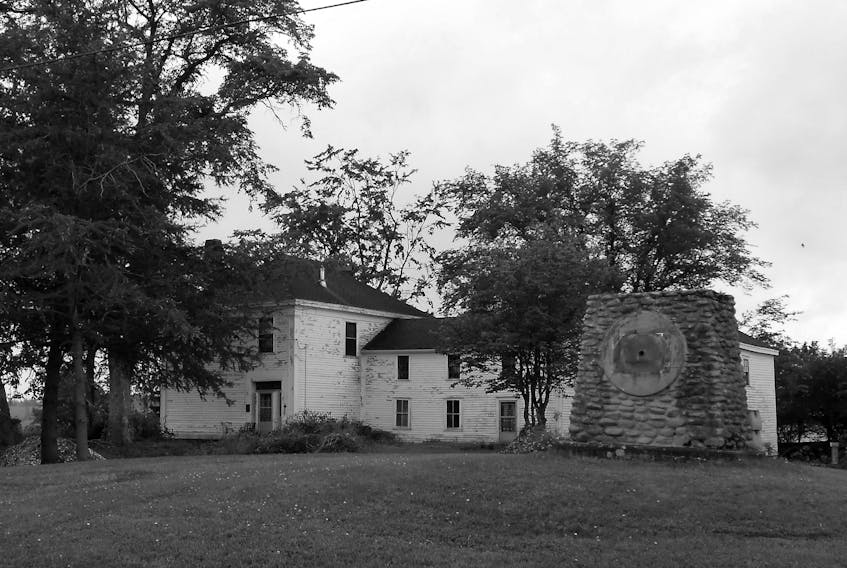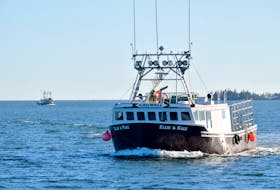AMHERST – Every community has a story to tell. Unfortunately, as time passes some of those stories are lost, and others threatened, as the diaspora of people from rural communities continues – leaving some of those towns and villages empty and piece of Nova Scotia’s history.
As a fellow of the Royal Nova Scotia Historical Society and a member of the Lunenburg County Historical Society, Joan Dawson has a keen interest in the province’s past and has just written a book about Nova Scotia’s lost communities.
“It started off with my son observing there were an awful lot of communities that weren’t here anymore and suggested I might look into it,” Dawson said. “I didn’t realize how many they were until I started collecting their histories and driving around the province and seeing as many of them as I could.”
In the book, Dawson looks at 37 lost communities from the former Acadian village of Beaubassin at the Nova Scotia-New Brunswick border, to Partridge Island and Minudie in Cumberland County, Electric City near Weymouth and the Tancook Islands in Mahone Bay on Nova Scotia’s South Shore.
When she travelled around the province she found all these places had very interesting stories, stories such as Beaubassin that was a large Acadian community burned to the ground by the French in 1760 to keep it from falling into British hands prior to the siege of Fort Beausejour.
“They’re all very interesting places with a lot of history around them,” Dawson said. “Beaubassin goes back to the days of the early Acadians and they got caught up with being in the wrong place at the wrong time in history with their location on the border.”
There was also Electric City, also known as New France, in Digby County where the Stehelin family established a lumber settlement in 1892, dammed the Silver River to power a sawmill and generate electricity for what would become Electric City – long before the rest of Digby County had power.
With the downtown of lumber prices following the First World War the community was abandoned. The buildings were torn down in the 1950s and in 2010 the provincial Natural Resources Department purchased the property from J.D. Irving Limited as part of a 8,500-hectare purchase of area lands.
Dawson said getting information on some of the communities was much easier than others and she talked to numerous local historians – some of whom had already written the history of their communities. She also worked with local museums to collect photos and information on many of the communities.
“There were instances, though, were it was tricky to find out what was going on. I wrote about the ones I could find information on, but there were a great many more that I didn’t write about because I couldn’t find enough information,” Dawson said. “In some cases, I didn’t write about some communities because their history was basically the same. If you were a little community based on sawmilling and the shipbuilding industry gave out there was no more market for your wood. Things just came to pieces because there was no other way of making a living.
“What I tried to focus on was communities that had different kinds of stories.”
She said many communities lost the battle against time because they were too focused on one industry, or were set up to support gold mining.
“When the gold got harder to extract the people moved on, houses fell down and the trees grew up,” she said. “That’s all you can see now.”
Dawson hopes her book inspires people to visit their local museums to learn more about their communities and those that no longer exist. The book could also be helpful for those wanting to learn more about their area.
She also feels it’s part of taking history and preserving it for the future.
“It’s a way of making people aware of the fact the population shift in Nova Scotia is not anything new and the changing economy have brought about some pretty big changes,” she said.
If there is one lesson to be learned from history, she said, it’s to make sure communities have lots of diversity when it comes to industry.
“Communities stand a better chance today, but if they don't diversify you never know,” Dawson said.
Twitter: @ADNdarrell









